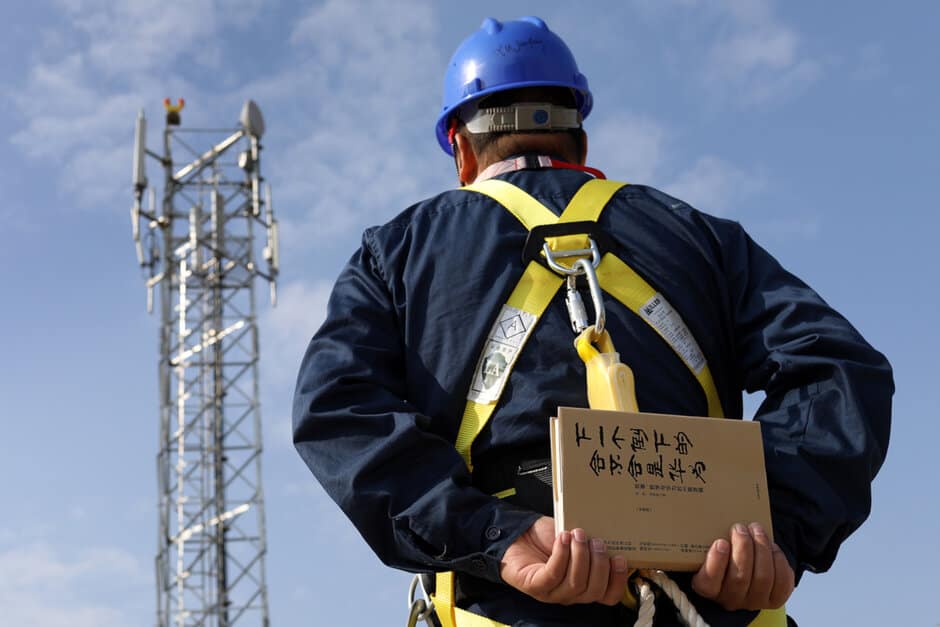Huawei continues to be in the spotlight following the U.S. Commerce Department’s export rule change that puts control of the manufacturer’s chips in the hands of President Donald Trump. The new rule allows the U.S. to demand that any foundry in the world that produces chips using American-based technology, obtain a license from the Commerce Department before shipping chips to Huawei.
The new rule puts a dagger through the heart of Huawei and its main chip supplier TSMC. The latter is the largest independent foundry in the world and its top two customers are Apple and Huawei in that order. Revenue from Huawei soared 80% last year to hit $5.2 billion. This year, TSMC is shipping the most advanced chips ever; Semiconductors built using the 5nm process node will shoehorn 171.3 million transistors into each square mm. That is up from the 96.5 million transistors per square mm packed into 7nm chips like the Apple A13 Bionic and the Qualcomm Snapdragon 865 Mobile Platform.
Britain decides to remove Huawei equipment from its 5G network
Apple’s A14 Bionic SoC should make the 2020 5G iPhone 12 family the first smartphones to be powered by a 5nm chipset. The A13 Bionic has 8.5 billion transistors inside and the A14 Bionic will sport 15 billion transistors inside; the more transistors inside an integrated circuit, the more powerful and energy-efficient it is. Following the iPhone 12 line, Huawei’s Mate 40 series will be the next handsets to use a 5nm chipset. The Kirin 1020 SoC has yet to be announced, and since they are manufactured by TSMC using American-created technology, the U.S. government could demand that the foundry seek a license before shipping those components to Huawei. However, the U.S. is allowing TSMC to ship wafers currently in production up through September 14th. That could allow Huawei to receive enough Kirin 1020 chips to cover production of the Mate 40 line, especially with TSMC’s 5nm wafer production line running at only 50% capacity.
Bloomberg reports that Huawei is looking to lock in supplies of the memory chips it needs from Samsung Electronics Co. and SK Hynix Inc. Huawei is one of those foundries top five customers spending the equivalent of $8.1 billion each year to buy DRAM and NAND flash memory chips from the South Korean outfits. Chipmakers that produce memory chips are not subject to the new export restrictions but Huawei worries that the Trump administration could broaden its restrictions to include them. Since the two Korean firms churn out 70% of the DRAM memory chips produced globally, any move by the U.S. to limit the Chinese manufacturer’s access to these chips could be the straw that breaks the camel’s back. As a result, an anonymous industry official says that the company is building up memory chip inventory just in case.
Besides being the second-largest smartphone manufacturer in the world, Huawei is the largest global supplier of networking equipment. The U.S. has been warning allies not to use the firm’s networking gear to build their 5G networks. While Japan and Australia heeded the warning, Germany and the U.K. didn’t. British Prime Minister Boris Johnson said back in January that he felt that there was no alternative to using Huawei. After all, the company’s technology is 12 to 18 months ahead of its rivals and it offers more generous financing terms to customers. But the Financial Times reports that members of Britain’s Conservative Party, citing national security, have asked for Huawei’s technology to be removed from the country’s 5G networks and the rest of its telecom pipelines by 2023.
The U.S. and Britain are concerned that Huawei’s alleged ties to the communist Chinese government have resulted in the placement of backdoors in the company’s devices and networking gear. These backdoors allegedly collect private information from consumers and companies and send it to Beijing. Huawei has repeatedly denied the allegations.

